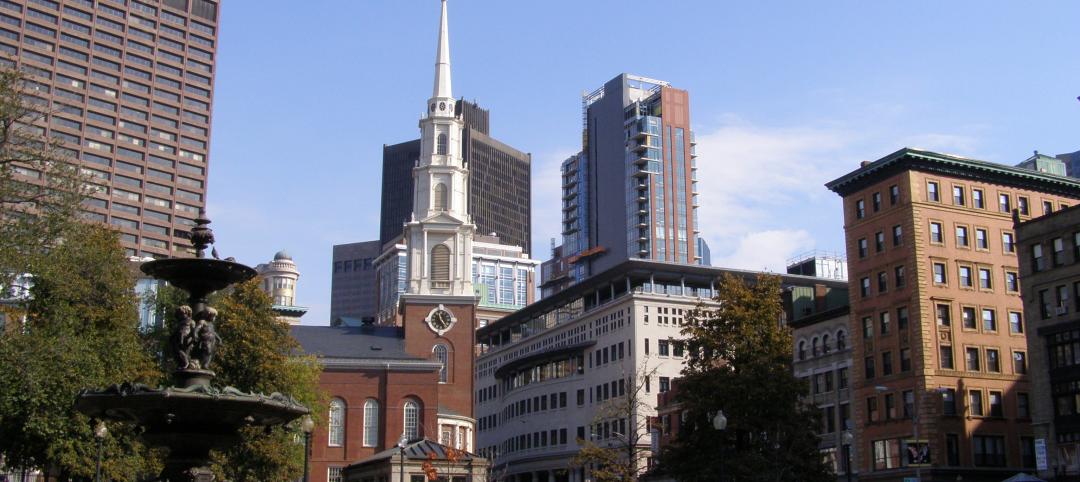A German startup is offering a new way for old buildings to potentially reach net-zero status: adding a prefabricated second skin.
Ecoworks begins the process with a 3D scan of an old building, both inside and out, creating a digital twin. The model is then sent to suppliers and a factory, where most of the second skin is prefabricated, including windows, ventilation, and channels for pipes.
The resulting new envelope includes a modular roof with built-in solar panels. Construction workers can install a facade panel at the site in 20 minutes. A full building conversion, including replacing fossil-fuel-powered heat, can be done in a few weeks.
Ecoworks uses AI to identify buildings best suited to its approach. Simple, block-like apartment complexes are top choices, but the company plans to expand to schools and single-family homes. It also has plans to offer its services in other countries.
Related Stories
| Sep 7, 2011
Administration, Maintenance and Operations Facility in South Bend achieves LEED Platinum
The facility achieved 52 LEED points, including those for site selection, energy, materials and resources and innovation.
| Jun 30, 2011
Balancing cost and energy performance in net-zero buildings
BD+C Editorial Director Robert Cassidy talks with The Weidt Group's David Eijadi, FAIA, about the cost of producing net-zero buildings.
| Jun 29, 2011
New leadership role for architects in net-zero design
BD+C Editorial Director Rob Cassidy talks with RNL Design's Tom Hootman, AIA, about the changing role of architects in net-zero designs.















